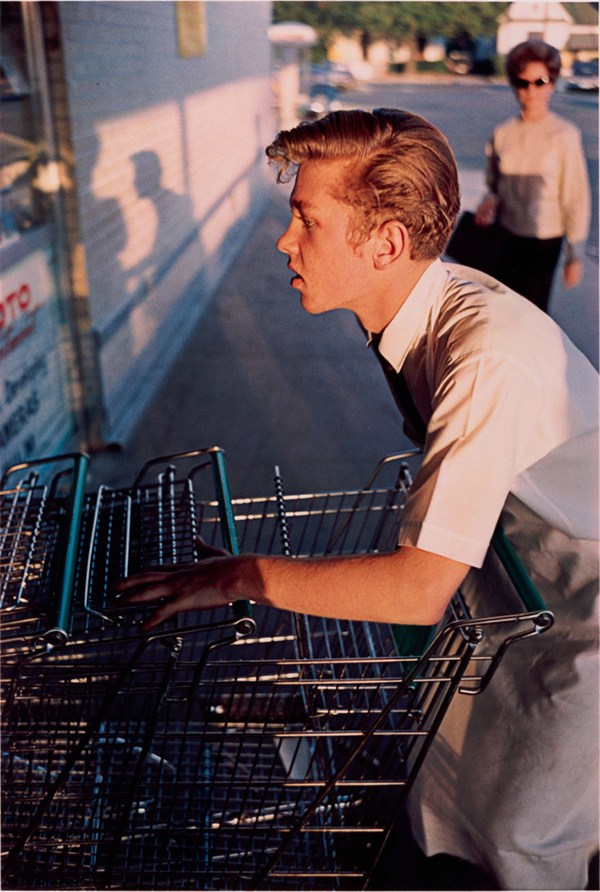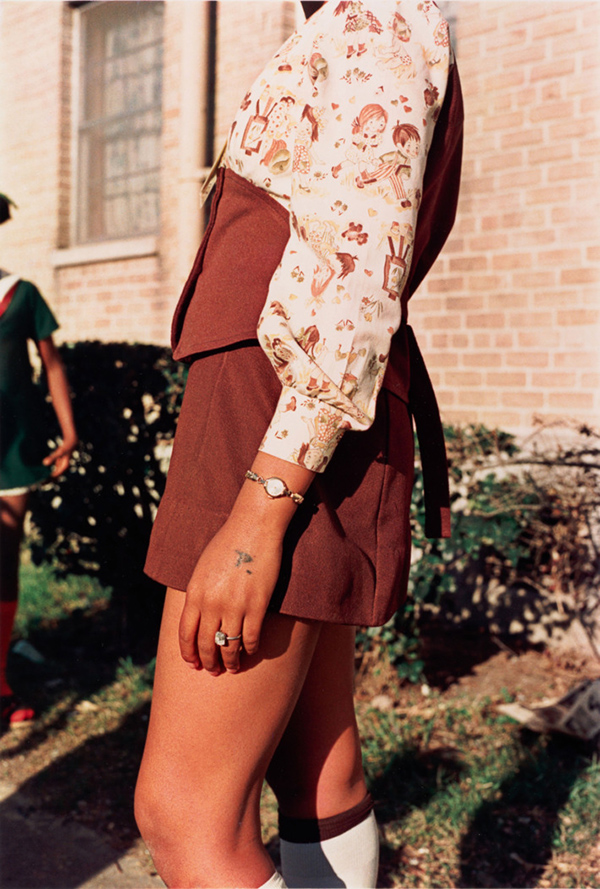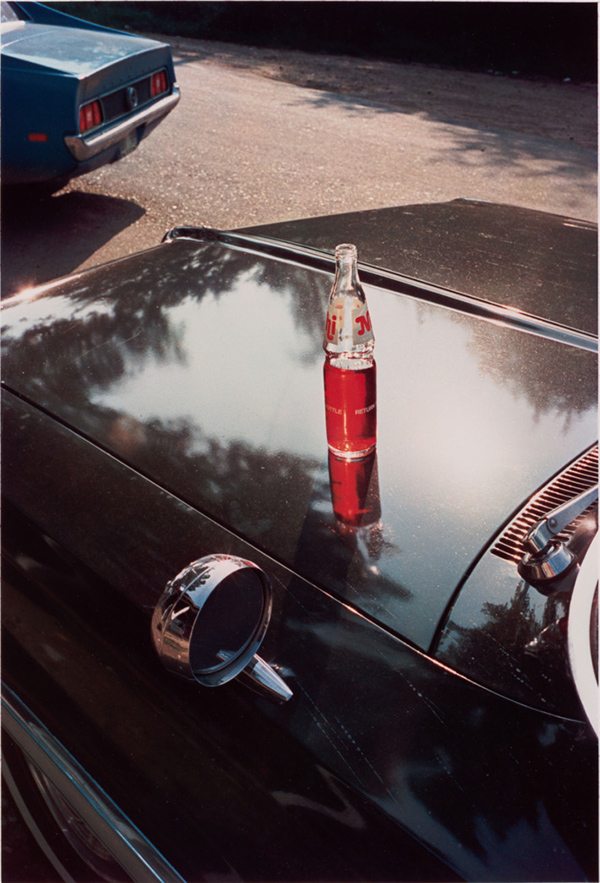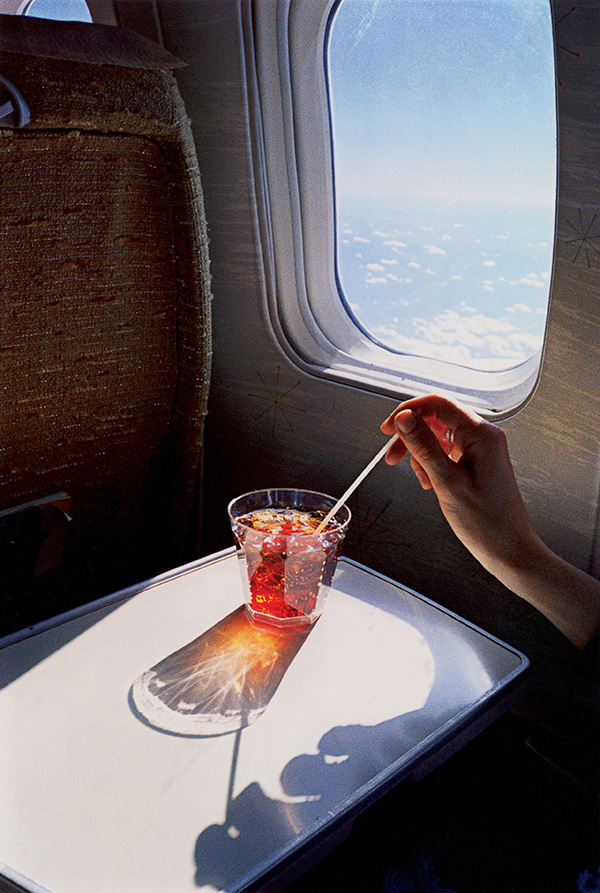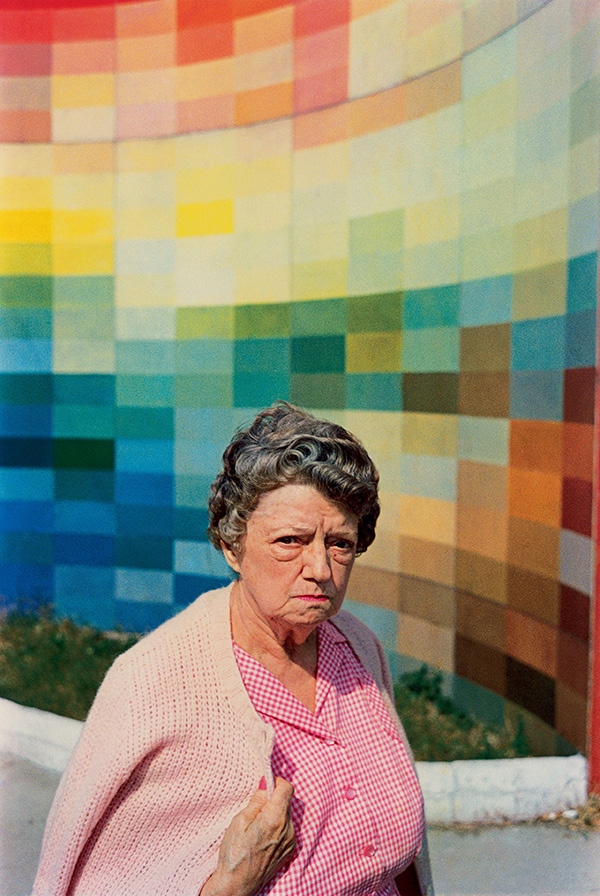PHOTO:William Eggleston-Los Alamos
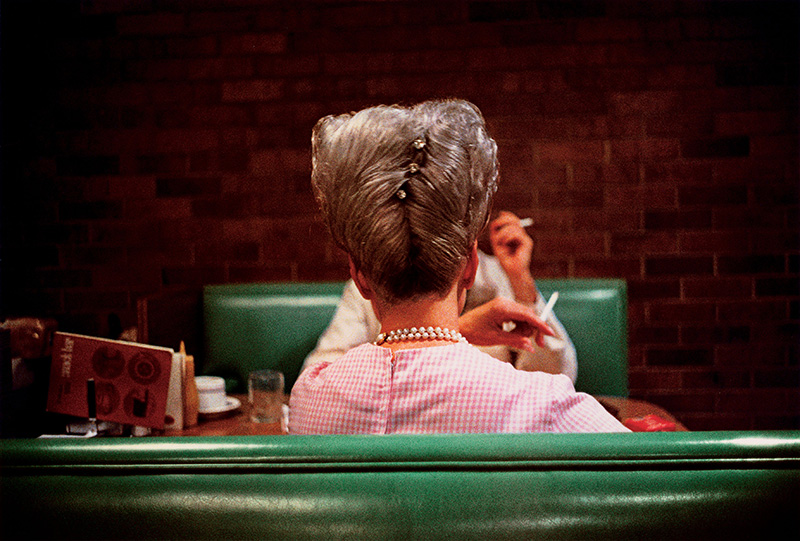 The American photographer William Eggleston emerged in the early ‘60s as a pioneer of modern color photography. Now, 50 years later, he is widely considered its greatest exemplar. William Eggleston is known for his vivid portraits of everyday scenes: a woman smoking in a diner, soda bottles on sunny car hoods, and a boy pushing grocery carts. Each photograph is like a glimpse into how people lived and dressed in the ’60s and ’70s.
The American photographer William Eggleston emerged in the early ‘60s as a pioneer of modern color photography. Now, 50 years later, he is widely considered its greatest exemplar. William Eggleston is known for his vivid portraits of everyday scenes: a woman smoking in a diner, soda bottles on sunny car hoods, and a boy pushing grocery carts. Each photograph is like a glimpse into how people lived and dressed in the ’60s and ’70s.
By Dimitris Lempesis
Photo: The Metropolitan Museum of Art Archive
The exhibition “William Eggleston: Los Alamos” at The Metropolitan Museum feature 75 photographs of Eggleston’s travels around the U.S. between 1965 and 1974. On road trips Eggleston captured suburban scenes in cities like Memphis (where he was born), New Orleans, and Las Vegas. The exhibition includes the artist’s first color photograph “Untitled, Memphis, 1965”, a study of a young clerk pushing a train of shopping carts at a supermarket in Memphis, Tennessee. The image takes full advantage of the chromatic intensity of the dye-transfer color process that, until Eggleston appropriated it in the 1960s, had been used primarily by commercial photographers for advertising and product photography. Also the exhibition includes lush color studies of the social and physical landscape of the Mississippi delta region, which remains the artist’s home, as well as studies made during numerous road trips with his friends Walter Hopps and Dennis Hopper, to New Orleans, New Mexico, Las Vegas, Los Angeles, and elsewhere. On these journeys, the artist explored the awesome and, at times, raw visual poetics of the American vernacular. Eggleston named this extensive body of work, which comprises some 2,000 photographs, after the famous government research facility in New Mexico where atomic weapons were developed. Driving past the Los Alamos National Laboratory in 1973, he turned to Hopps, smiled, and said, “You know, I’d like to have a secret lab like that myself”. “Los Alamos” is the work of an idiosyncratic artist whose influences are drawn from disparate but surprisingly complementary sources, from Walker Evans and Henri Cartier-Bresson in photography to Bach and the late Baroque in music. As much as Eggleston was influenced by various sources, he, too, has proved influential. His inventive photographs of commonplace subjects now serve as touchstones for generations of artists, musicians, and filmmakers, from Nan Goldin to David Byrne, the Coen brothers, and David Lynch. The exhibition also includes as a counterpoint a small suite of Eggleston’s rarely seen black-and-white photographs from the mid-1960s to the early 1970s that the artist made concurrently with Los Alamos. Eggleston commented to his friends that he thought his photographs were “parts of a novel I’m doing”.
Info: Curator: Jeff L. Rosenheim, The Metropolitan Museum of Art, The Met Fifth Avenue, 1000 Fifth Avenue, New York, Duration: 14/2-28/5/18, Days & Hours: Mon-Thu & Sun 10L00-17:30, Fri-Sat 10:00-21:00, www.metmuseum.org
